What Are STEM and STEAM? How Do You Include It in Preschool?
Posted by Learning Box Preschool on Jun 27th 2018
Teaching science, technology, engineering, and math or STEM to children starting in elementary school and upwards has proven to be an effective, measurable part of the curriculum. STEM helps students build skills in problem-solving, analysis, and critical thinking. There’s no denying that these are important core subjects for kids to have a solid grasp on if they want to compete in a global job market.
But if teachers are focused on supporting STEM, where are the arts in this school curriculum? Educators value STEM, but some would like to be inclusive when it comes to the arts. STEAM is the acronym for science, technology, engineering, art, and math and would challenge both sides of the brain to excel in these subjects. While the left side of the brain is oriented to math, language, and cognition, the right side holds the key to creativity and problem-solving. Learning to use each side equally can create new pathways to understanding and applying what’s been learned.
Experts suggest that preschool is a great time to begin a child’s STEM or STEAM learning. Young children are naturally curious about the world around them, and they love to ask questions. Early learning is the perfect time to begin skill building in the STEM components. Building a foundation in STEM early can increase a child’s self-confidence and understanding of these subjects.
Many activities in preschool already teach STEAM to students. Sorting, differentiating between colors or shapes, and learning measurements are all forms of STEAM learning. Other ways to get kids excited about STEAM is to introduce building challenges and to organize a collections gallery in the preschool. Encourage students to create their own collections of items like shells, rocks, or flowers that they can categorize and study. STEAM activities are stimulating and fun!

